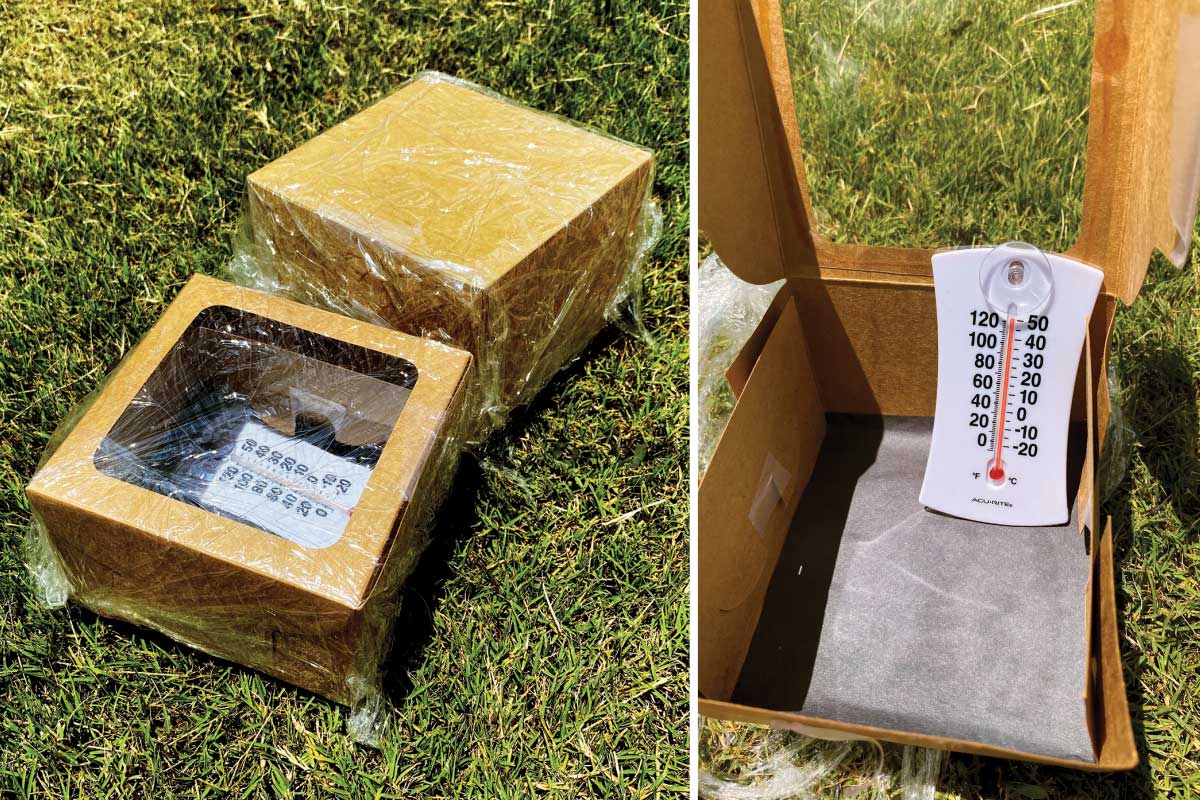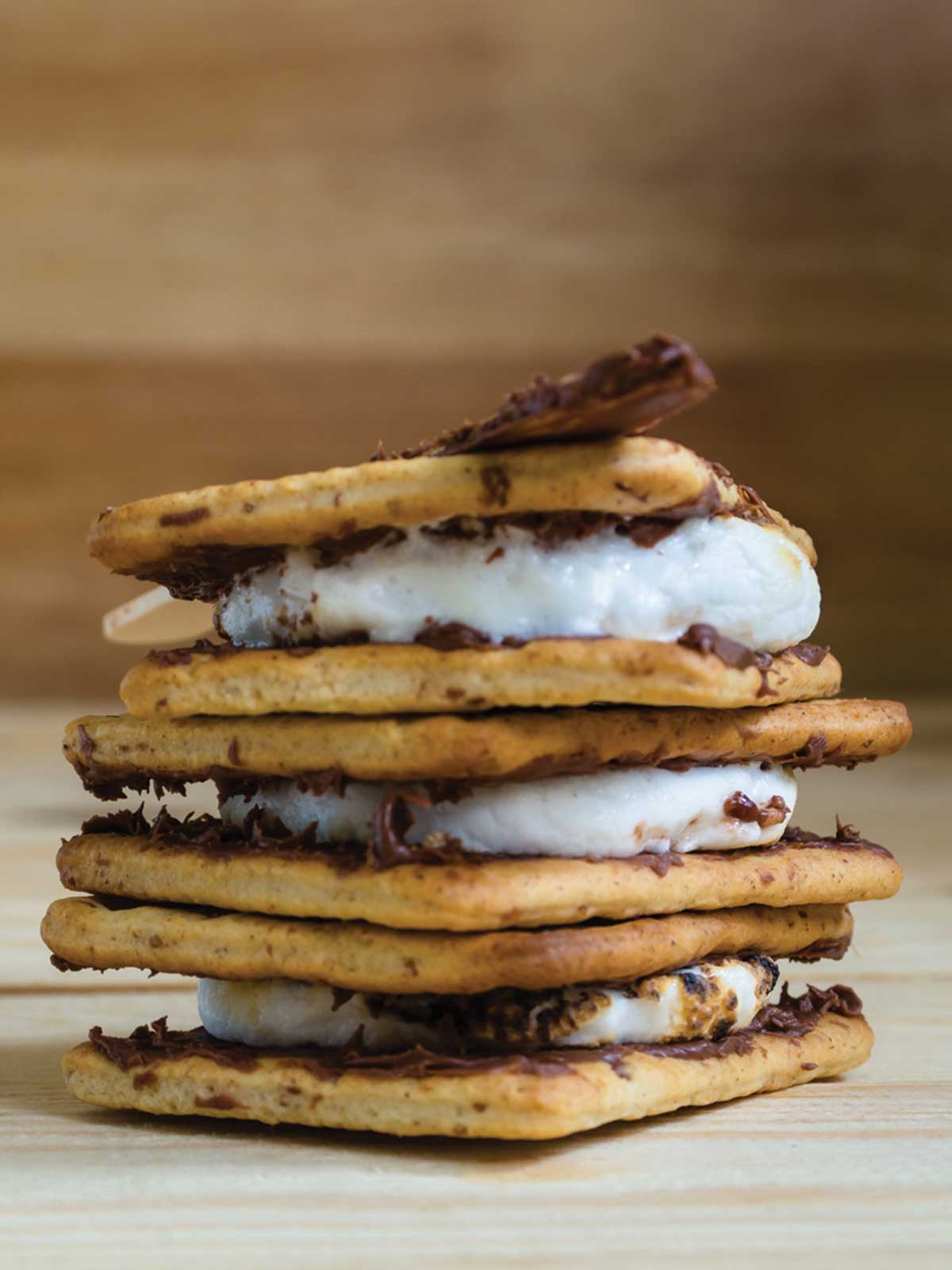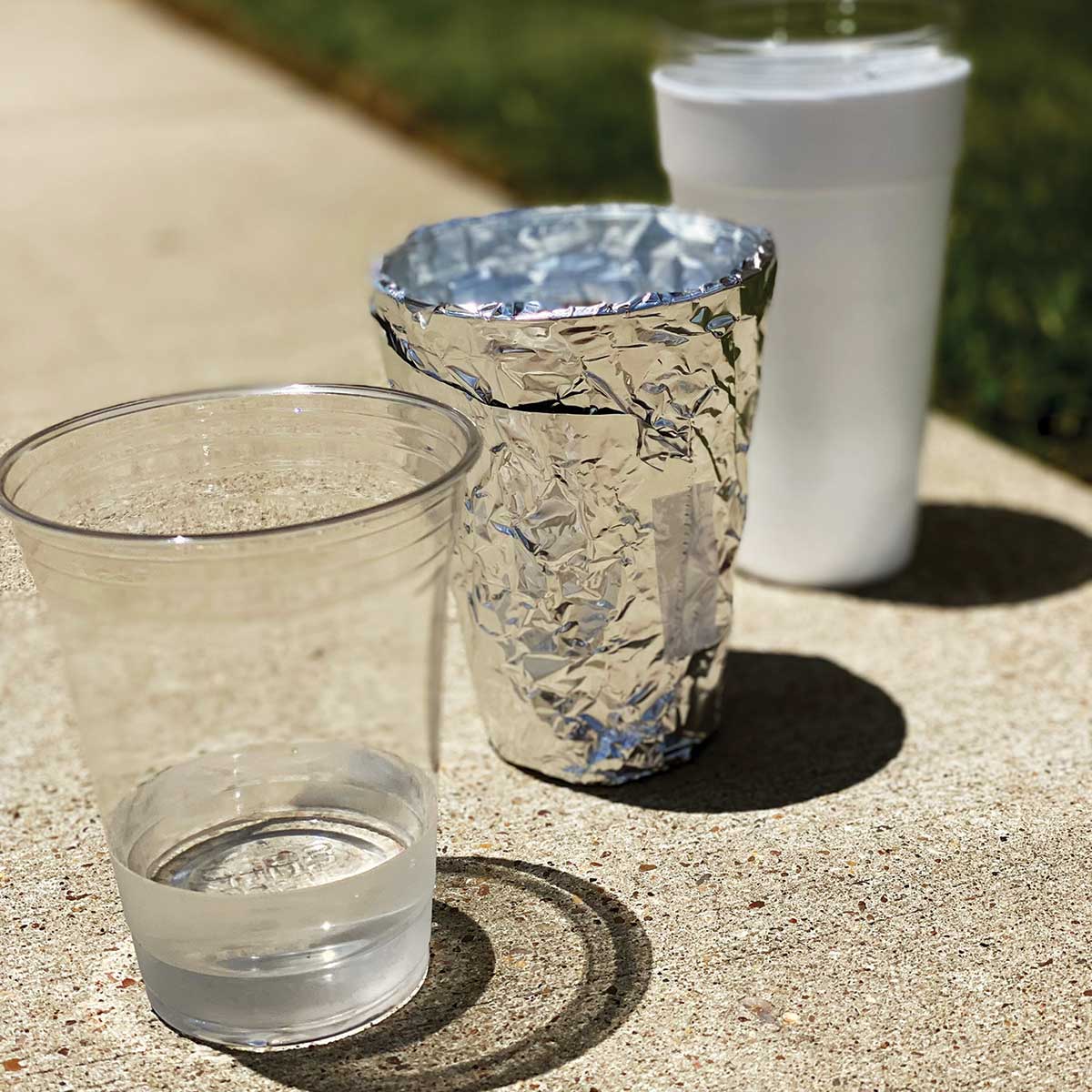Kids today are growing up in a world reliant on information technology, which in turn relies on electrical energy. From watching TV and playing games to just completing their schoolwork, kids are constantly using electricity to stay connected.
As adults, we understand the importance of conserving energy—to protect our environment and lower our utility bills—especially during these Texas summer months.
Convincing your kids to care about their energy use may seem like a waste of time, but demonstrating some basic energy practices, like turning off the lights when leaving the room, can instill the importance of energy efficiency in your children at an early age.
Teaching your children the importance of conservation also teaches them the value of a dollar. The more they save on energy, the more they can spend on candy bars and toys.
To help you show your children how to be energy efficient, MidSouth Electric Cooperative came up with a few fun science experiments you can try at home.
Experiment 1: Insulation Test
Items needed: three plastic cups, a Styrofoam cup, aluminum foil, scratch paper and ice cubes.
Directions:
1. Take three identical plastic cups and place two ice cubes in each. Place the first plastic cup inside the Styrofoam cup. Cover the outside of the second cup with aluminum foil. The remaining cup will be the control and can remain as is. Cover the top of all three cups with a piece of scratch paper.
2. Set a timer and leave the cups outside for 5–10 minutes, depending on the temperature.
3. Ask your children which cup they think will remain the coldest. After the timer is up, check on the cups and see which one is the coldest or which ice cubes didn’t melt.
Results: The cup with Styrofoam should be the coldest.
Explanation for your kids: Styrofoam acts as an insulator and keeps the ice cold against the sun’s heat. It acts much like the insulation in a house or how the refrigerator keeps our food cold. Therefore, insulation is important in a house because it keeps the cold on the inside and the hot on the outside.

The boxes used in Experiment 2: Warm Windows.
Experiment 2: Warm Windows
Items needed: two cardboard boxes with lids (e.g., shoeboxes),* black construction paper, glue, tape, clear plastic wrap, a box cutter and two thermometers.
Directions:
1. Using the box cutter (parent or guardian should handle the box cutter), cut a rectangular hole into the top of one of the boxes. In that same box, place a piece of plastic wrap to cover the hole and tape it down smooth. The result should leave you with a window to see into your box. Leave the second box as is with no holes.
2. Glue the black construction paper to the inside bottom of both boxes.
3. Place one thermometer in each box.
4. Close both boxes and tightly wrap plastic wrap around the sides of the boxes to ensure they are closed and all openings are sealed. Use tape to secure the plastic wrap.
5. Set the boxes in the sun for about an hour, depending on the temperature. Make sure the box with the window opening is facing up so that the sun shines directly through the window.
6. After the time is up, open the boxes and record the temperature readings from the thermostats in each box.
Results: The box with the window opening should have a higher temperature than the box without it.
Explanation for your kids: The window in the first box acts like a window in a home that does not have curtains or blinds covering it. The other box acts as a window with the curtains and blinds closed. It is important to keep curtains and blinds drawn over windows when in direct sunlight; our homes will remain cooler, and the air conditioning system won’t have to work as hard.
*Bakery boxes or small treat boxes with a clear opening on top work great for this experiment as well. Just make sure to use one with the clear opening and one without. If you use these types of bakery boxes, you can skip Step 1 in the directions.

honig | iStock.com
Side Experiment: Solar S’mores
Using the same box with the window in the Warm Windows experiment, you can create a solar oven and make s’mores! The only additional items you will need are aluminum foil and s’mores ingredients.
Marshmallows
Chocolate bars
Graham crackers
1. Take the window box from the Warm Windows experiment with the black construction paper taped down on the inside and glue aluminum foil throughout the inside of the box—except on the construction paper. Try to keep the foil as smooth as possible.
2. Add the s’mores ingredients to the inside of the box on the black construction paper. Feel free to use a metal plate if you prefer.
3. Close the box and wrap the entire box in plastic wrap, then tape it down so every crack is sealed.
4. Place the box in the sun and wait an hour or so, depending on the temperature.
5. Open the box and enjoy your s’mores! (Note: The marshmallows won’t be as melted as they normally are over a fire.)


